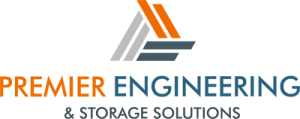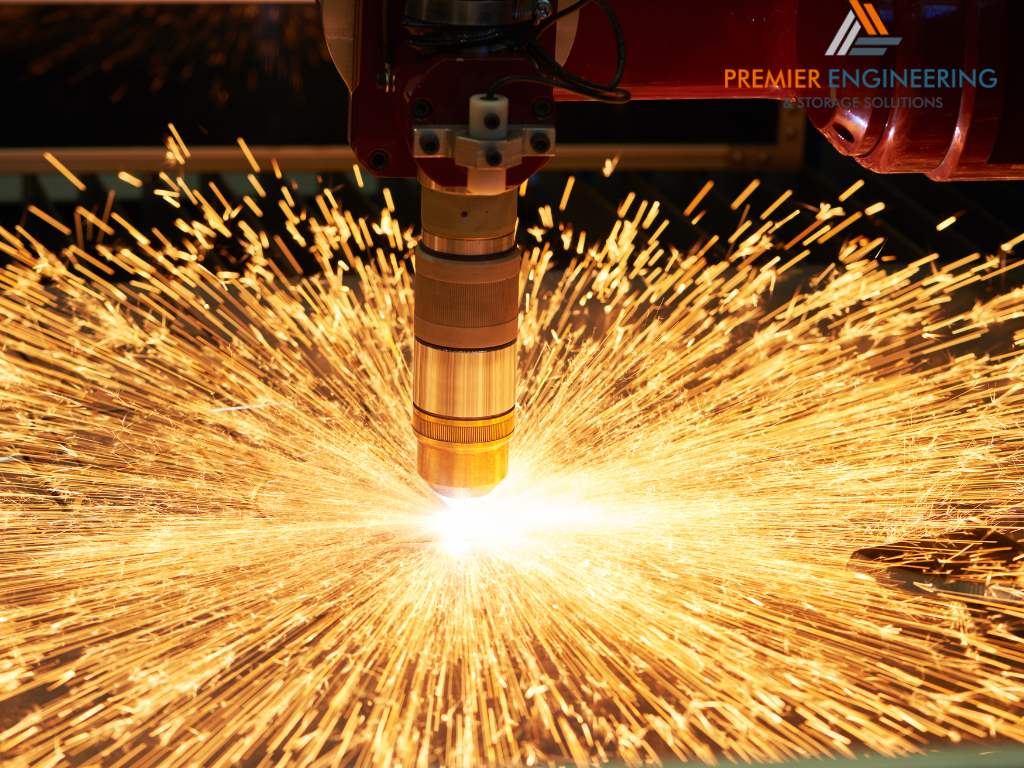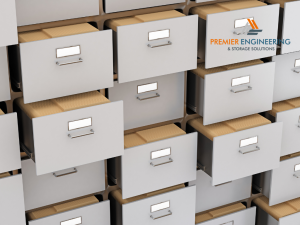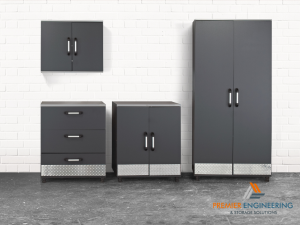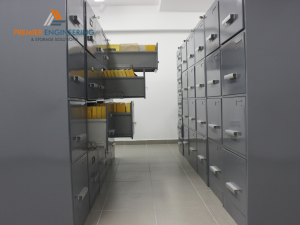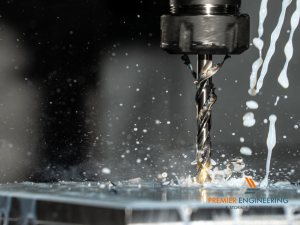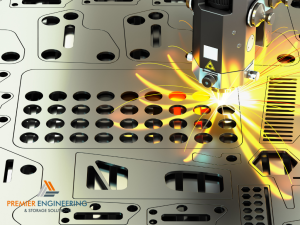Laser cutting, a technology that uses a high-powered laser to cut materials, has become a cornerstone in modern prototyping and production processes. Its significance lies in its precision, efficiency, and versatility, making it ideal for various project sizes, from small prototypes to large-scale productions. Laser cutting stands out for its ability to produce intricate designs with clean cuts and fine details, which are essential in both prototyping and small batch production.
This technology is not limited by the complexity of designs, allowing for a broad range of applications across industries. The versatility of laser cutting makes it suitable for a wide array of materials, including metals, plastics, wood, and composites, thereby catering to diverse project requirements.
Laser Cutting in the Prototyping Process
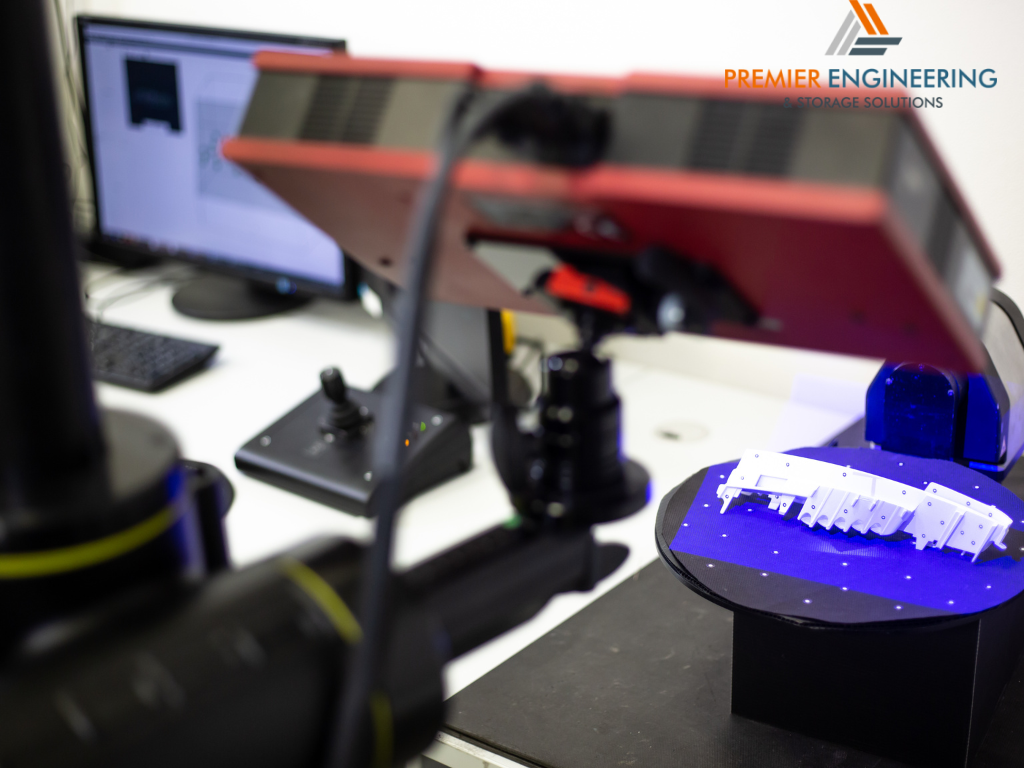
Benefits of Using Laser Cutting for Prototypes
- Speed and Precision in Prototyping: Laser cutting accelerates the prototyping process significantly. Its high-speed operation and precision allow for rapid creation of parts with exact specifications. This speed is crucial for iterative design processes where time is of the essence. The precision of laser cutting ensures that even the most intricate designs are accurately replicated, which is vital for testing and validating prototypes.
- Flexibility in Design Alterations: One of the key advantages of laser cutting in prototyping is the ease with which design alterations can be made. Unlike traditional manufacturing methods, changes in design do not require new tooling or significant setup changes, thus reducing the time and cost involved in making iterations.
Material Considerations for Prototyping
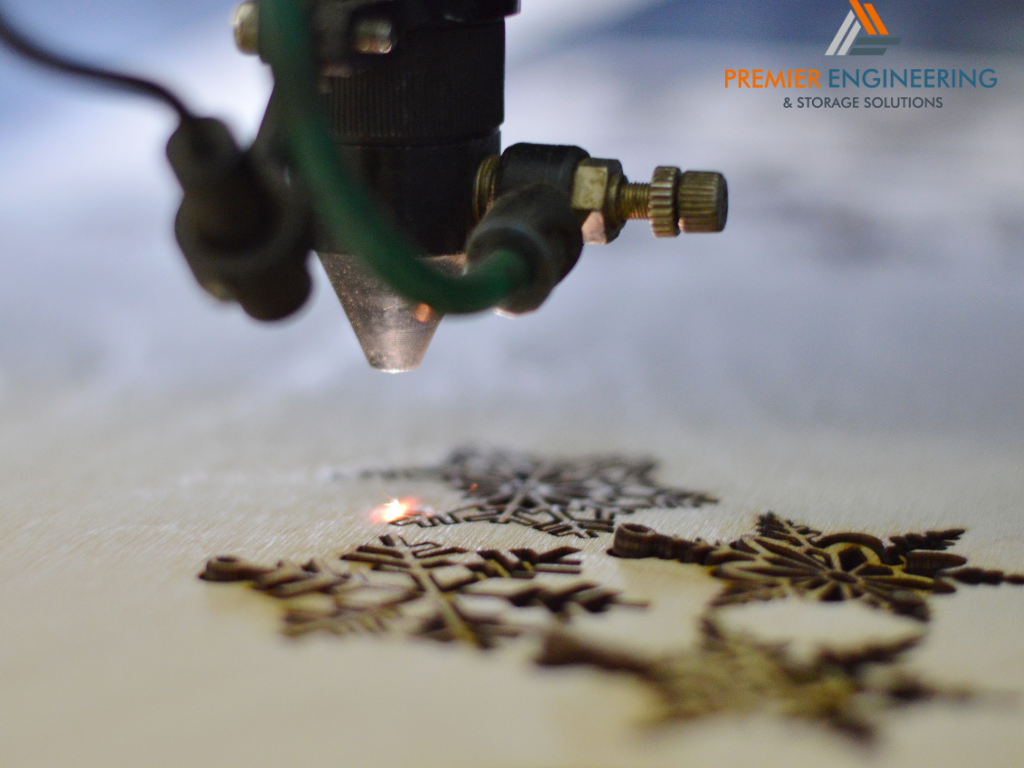
When selecting materials for laser-cut prototypes, it’s important to consider the material properties in relation to the intended use of the prototype. Materials commonly used in laser cutting include acrylic, thin metals, wood, and certain types of foam, each offering different benefits such as durability, aesthetics, and cost-effectiveness. The choice of material will impact the prototype’s functionality, appearance, and feel, as well as the overall cost of the prototyping process.
Transitioning from Prototype to Production
Scaling from prototype to small batch production is seamless with laser cutting. The same design files and parameters used for creating prototypes can be employed for small scale production runs, ensuring consistency and accuracy across all units. This transition capability is especially beneficial for custom or niche products where large-scale production is not required.
Optimising Small Batch Production with Laser Cutting
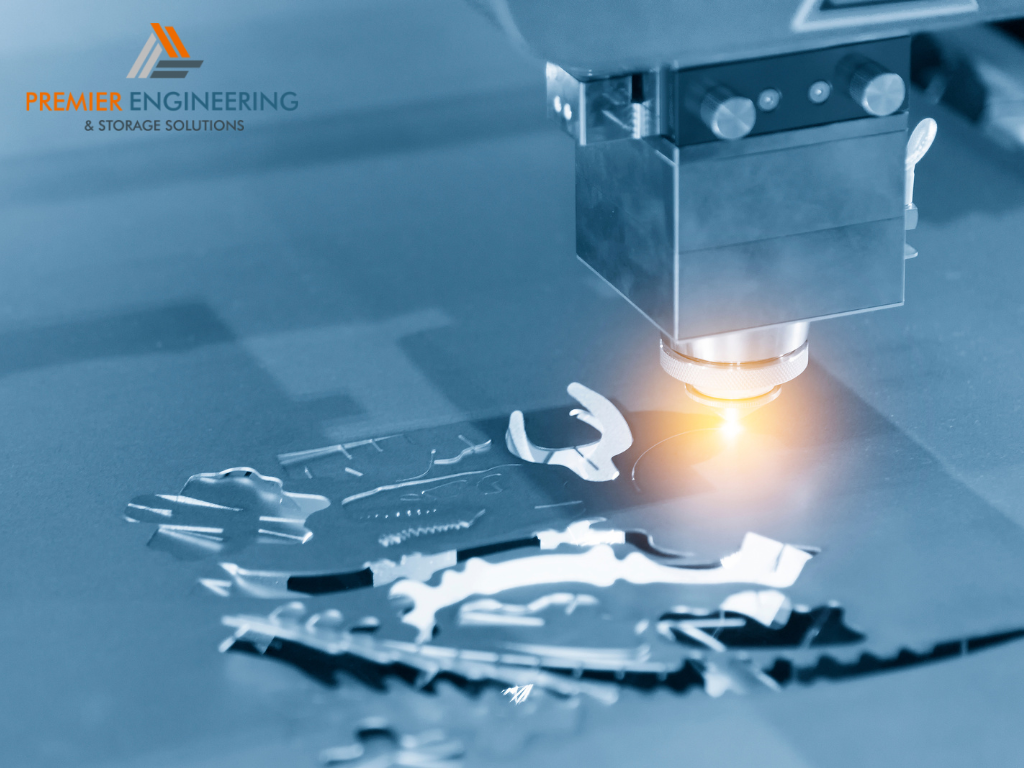
Advantages of Laser Cutting for Small Scale Production
- Customisation Capabilities and Cost-Effectiveness: Laser cutting is ideal for customised or personalised products often required in small batch production. It allows for high levels of customisation without significant increases in cost. The technology is inherently adaptable, making it cost-effective for producing small quantities of products without the need for expensive moulds or dies.
- Maintaining Quality in Limited Runs: Consistent quality is a hallmark of laser cutting, crucial in small batch production where each piece’s integrity is paramount. Laser cutting ensures that each item within a batch meets the same high standards of quality and precision, maintaining uniformity across the production run.
Challenges in Small Batch Laser Cutting
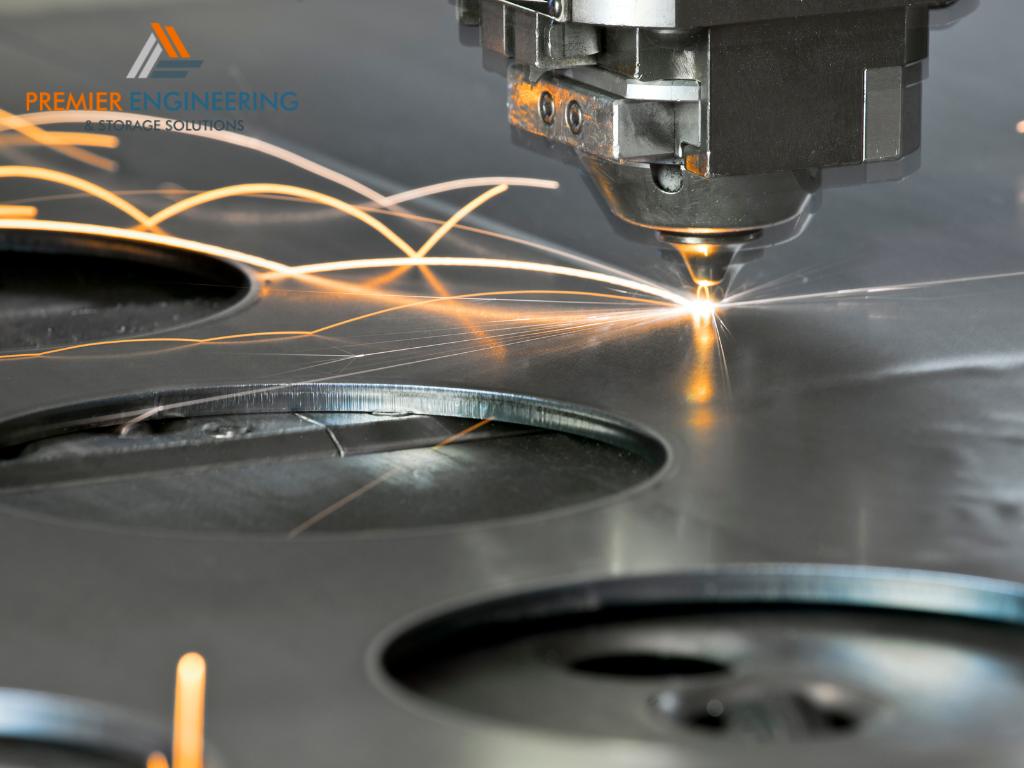
While laser cutting offers many advantages, it also comes with its set of challenges in small batch production:
- Material Limitations: Certain materials can be challenging to cut with a laser, such as reflective metals or materials that produce hazardous fumes when cut.
- Thickness Limitations: There are limitations to the thickness of material that can be effectively and efficiently cut, which varies depending on the type of laser cutter and material.
- Cost Considerations: While laser cutting is cost-effective for small batches, the initial setup cost can be significant. The balance between cost and the scale of production needs careful consideration.
Cost Management for Laser Cutting Projects
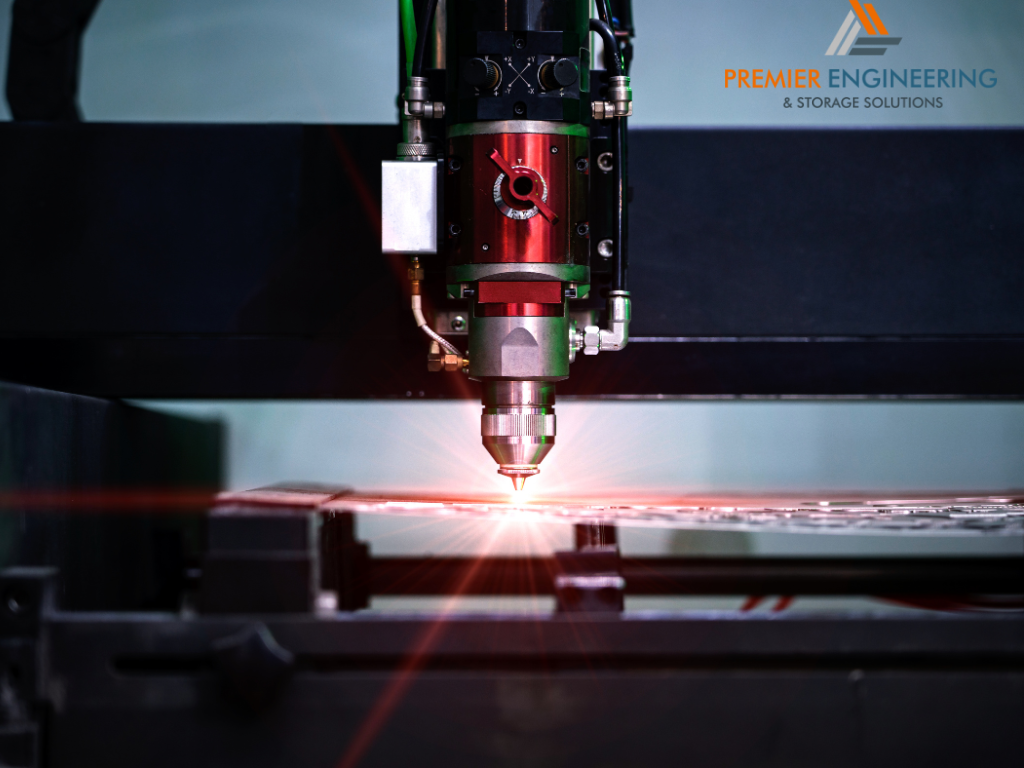
Estimating Costs for Prototyping and Small Batch Production
The cost of laser cutting projects, especially for prototyping and small batch production, can vary significantly based on several factors. Key considerations include:
- Material Costs: The type and thickness of the material being cut.
- Design Complexity: More intricate designs require longer cutting times, increasing costs.
- Machine Time: The duration the laser cutter is in operation, including setup and actual cutting time.
- Labour Costs: Expenses related to handling, finishing, and assembly of the laser-cut parts.
Factors Influencing the Cost
- Quantity: Larger quantities can often reduce the cost per unit, but this needs to be balanced against the total project budget.
- Material Utilisation: Efficient layout and nesting of parts on the material sheet can minimise waste and reduce costs.
Cost-Effective Strategies for Laser Cutting
To reduce expenses in laser cutting without compromising quality:
- Optimise Design: Simplify designs where possible to reduce cutting time.
- Material Selection: Choose cost-effective materials that still meet the project requirements.
- Batch Production: If feasible, produce larger quantities to benefit from economies of scale.
Quality Assurance in Laser Cutting for Prototyping and Production
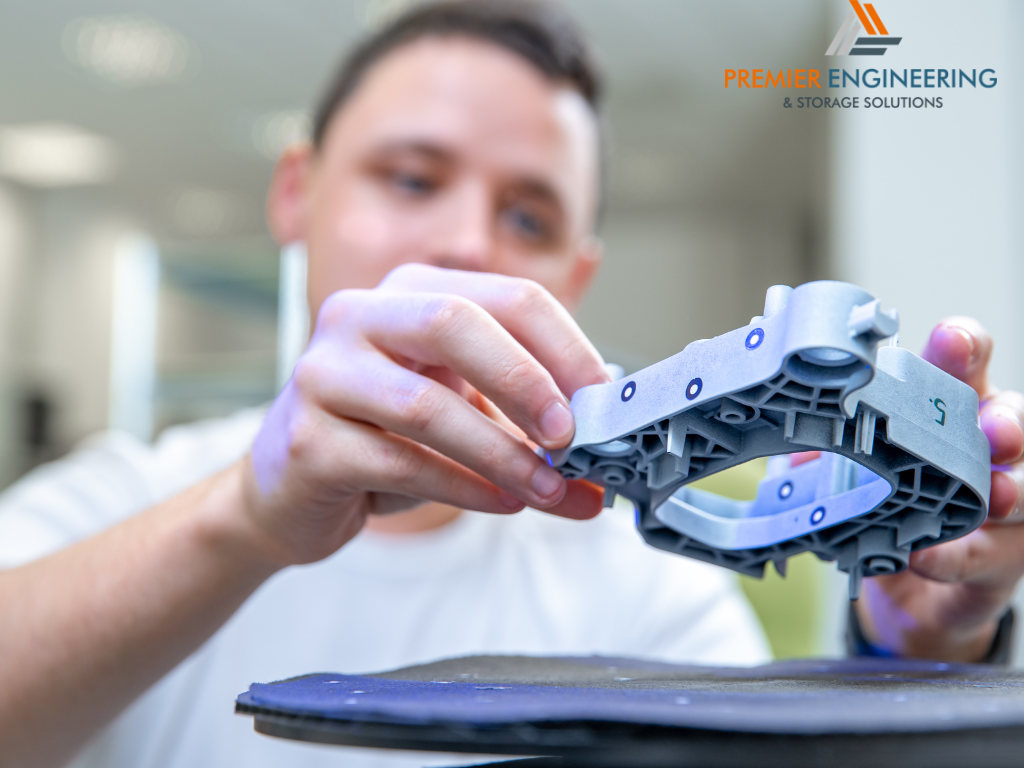
Ensuring High Quality in Outputs
Maintaining high quality in laser cutting is critical, particularly for prototypes and small batches where each piece represents a significant portion of the production run. Implementing stringent quality control measures, such as regular machine calibration, precise material handling, and detailed inspections of finished parts, is essential.
Quality Control Measures for Prototypes and Small Batches
- Pre-Cutting Checks: Ensuring material quality and proper machine setup.
- In-Process Inspections: Monitoring during the cutting process to detect any issues early.
- Post-Cutting Quality Checks: Examining completed parts for accuracy and defects.
Feedback and Iteration in Prototyping
The role of client feedback and an iterative design process in prototyping is vital. Continuous communication with clients ensures that their requirements are met and any necessary adjustments are made efficiently. Iterative prototyping, where designs are refined over several iterations based on feedback, leads to a more effective end product.
Future Trends in Laser Cutting for Prototyping and Production
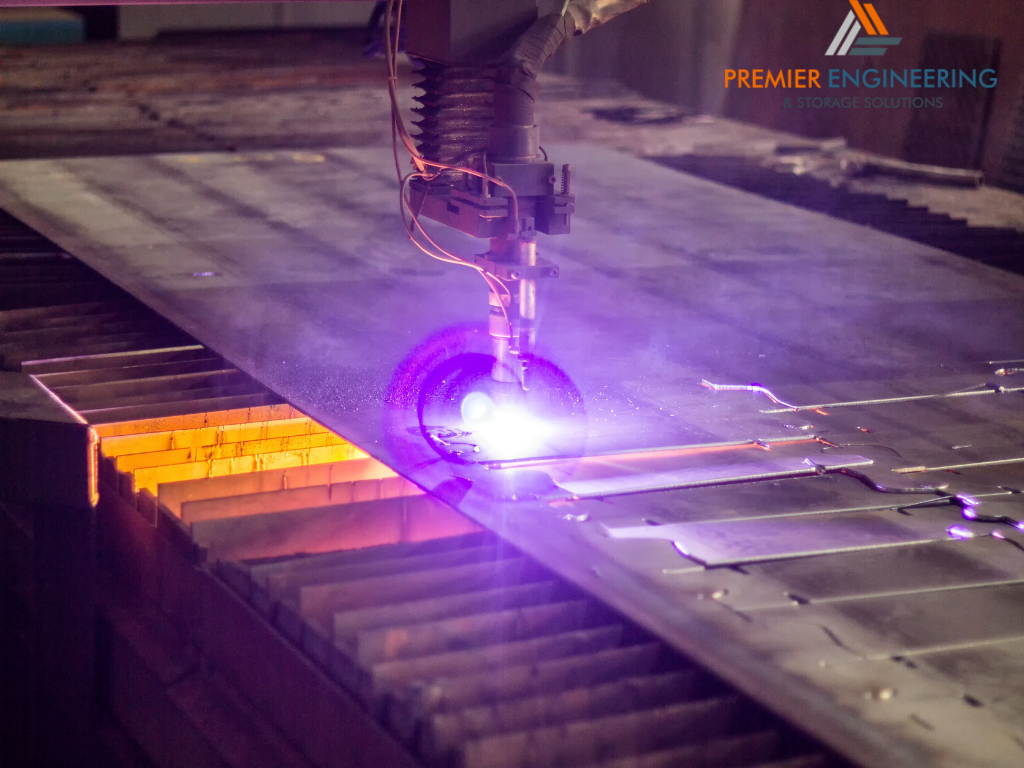
Predicting Advancements in Laser Cutting Technology
The future of laser cutting is expected to see advancements in areas such as increased cutting speeds, enhanced precision, and the ability to cut a wider range of materials. Innovations in software and automation will likely streamline the laser cutting process further, improving efficiency and reducing costs.
How Future Developments Might Influence Prototyping and Small Batch Production
Emerging technologies in laser cutting are poised to revolutionise prototyping and small batch production by enabling even more intricate designs, reducing material waste, and offering faster turnaround times. These developments could open new avenues for customisation and complex projects that are currently not feasible or too costly.
Conclusion
Laser cutting plays a crucial role in the efficiency and effectiveness of prototyping and small batch production. Its precision, versatility, and adaptability make it an invaluable tool across various industries and project scales. With the ongoing advancements in technology and a strategic approach to cost management and quality assurance, laser cutting continues to evolve as a key technique in modern manufacturing. The future of laser cutting promises even greater possibilities, ensuring its continued relevance and expanding its potential applications.
